In this article, I discuss how children can become aware of how their thoughts influence their emotions and behaviours through the story of a roller coaster ride.
Helping children become aware that their thoughts influence their emotions and their behaviours is one of the most important lessons we can teach them. In so doing, children become empowered by realizing that when negative events happen in their lives, they can lessen the negative emotional and behavioural impact by managing the way they think in response to these events.
A great way to help children gain this awareness of the power of their thoughts is to tell them the roller coaster story. I typically tell it early on in my work with children as a Calgary psychologist and a Cochrane psychologist.
I became aware of the roller coaster story when I attended a professional workshop by Dr. Torrey A. Creed, a psychologist who specializes in using cognitive behavioural therapy (CBT) with children. She also tells the story in Cognitive therapy for adolescents in school settings, a book she co-authored with Drs. Jarrod Reisweber and Aaron T. Beck. In the following sections, I will describe how I use the roller coaster story to help children make important connections among their life events, thoughts, emotions and behaviours.
The focus of the roller coaster story: Thoughts influence the way situations affect us
Many people—adults and children included—believe that situations cause them to feel certain emotions and that there is little they can do to feel better at these times. The roller coaster story vividly demonstrates that the thoughts we have about situations are the biggest determinants of our emotional response to these situations. It does so by showing that two people affected by the same situation can have completely different emotional reactions because of the way they are thinking about the situation.
Telling the story: Two children experiencing different emotions at the prospect of taking a ride
Telling the story begins by presenting pictures of two children who are considering going on a roller coaster. They can be two boys, two girls or one child of each gender. In the example I was presented with by Dr. Creed at the workshop, there were two boys. ‘Moe’ had a facial expression of excitement in anticipation of the ride while ‘Joe’ was wearing an expression of fear.
Using the story to help the child see the effect of thoughts on feelings
To help the child see the powerful effect of thoughts on emotions, they can be asked to explain how two children who are both considering going on the same roller coaster can be feeling so differently about it. This can lead them to consider what is going through the mind of each boy. This might produce observations such as, “Moe is thinking ‘this is going to be fun’ and Joe is thinking, ‘this is dangerous’”.
Additional lessons: Helping the child see the how thoughts lead to feelings which lead to behaviours
After the child sees how different thoughts can lead to different emotions, the story can then be used to help the child recognize how this can then lead to different behaviours. Such insight can be facilitated with questions like, “So if Moe is thinking that the roller coaster is going to be fun, how will he behave?” which prompts answers such as, “He’s going to want to ride on the roller coaster.” In contrast, questions referring to the other boy in the example can then be asked such as, “So if Joe is thinking that the roller coaster is dangerous, how will he behave?” which elicits answers like, “He’s not going to want to ride on the roller coaster”.
Helping the child see how changing their thoughts can produce changes in their emotions and behaviours
Finally, the child can be asked what Moe can say to Joe to help him feel less scared and more likely to want to get on the roller coaster. This question can yield responses like, “He can tell him the roller coaster is actually safe and can be fun when you get used to it.” This helps the child see how changing thoughts can lead to feeling better emotionally which then can have a beneficial effect on behaviour. In this case, Joe’s change of thinking (with Moe’s help) would lead him to feel less scared which would make it easier for him to face his fear of riding the roller coaster rather than avoiding it.
The child can then be told that they can be taught how to change their own thoughts to feel better much like Moe helped Joe feel better by suggesting some better thoughts. This helps the child grasp the ‘big picture’ of CBT early on which, in turn, leads them to have greater motivation and excitement at the prospect of learning skills to help them change their thoughts to influence their emotions and their behaviours.
May your children recognize the power of using their thoughts to improve their emotions and behaviours,
Dr. Pat

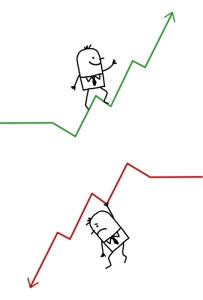
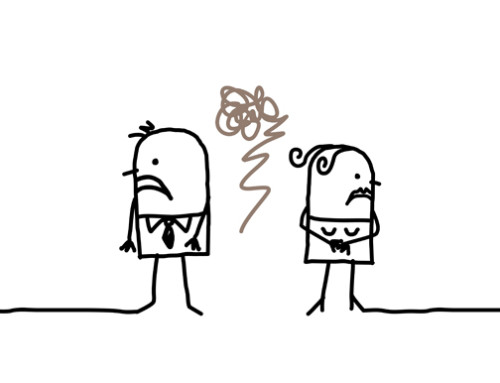
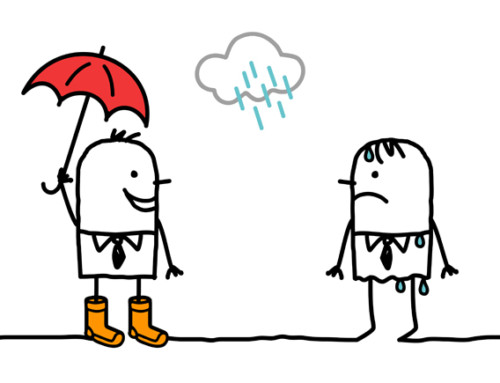
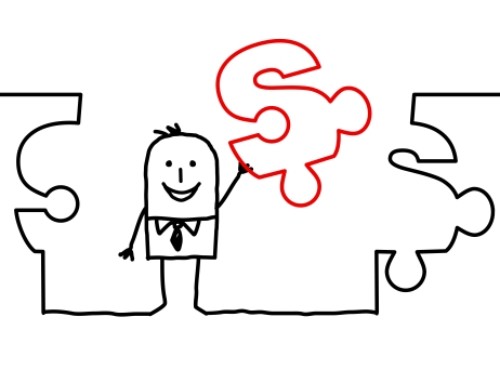
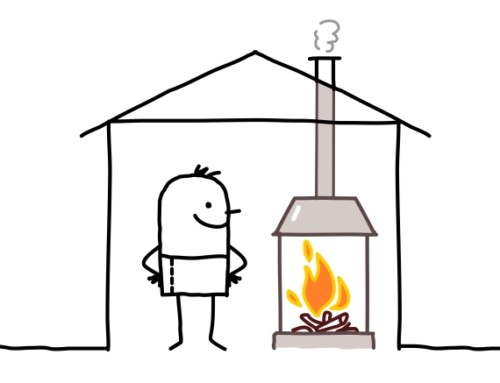
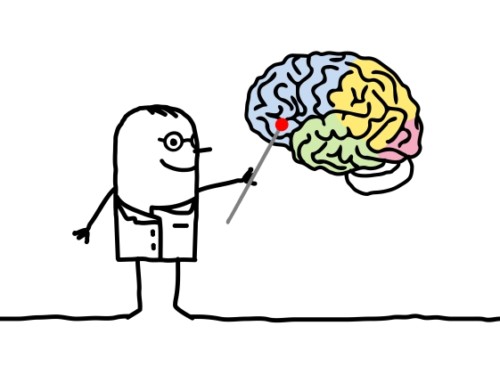
Leave A Comment